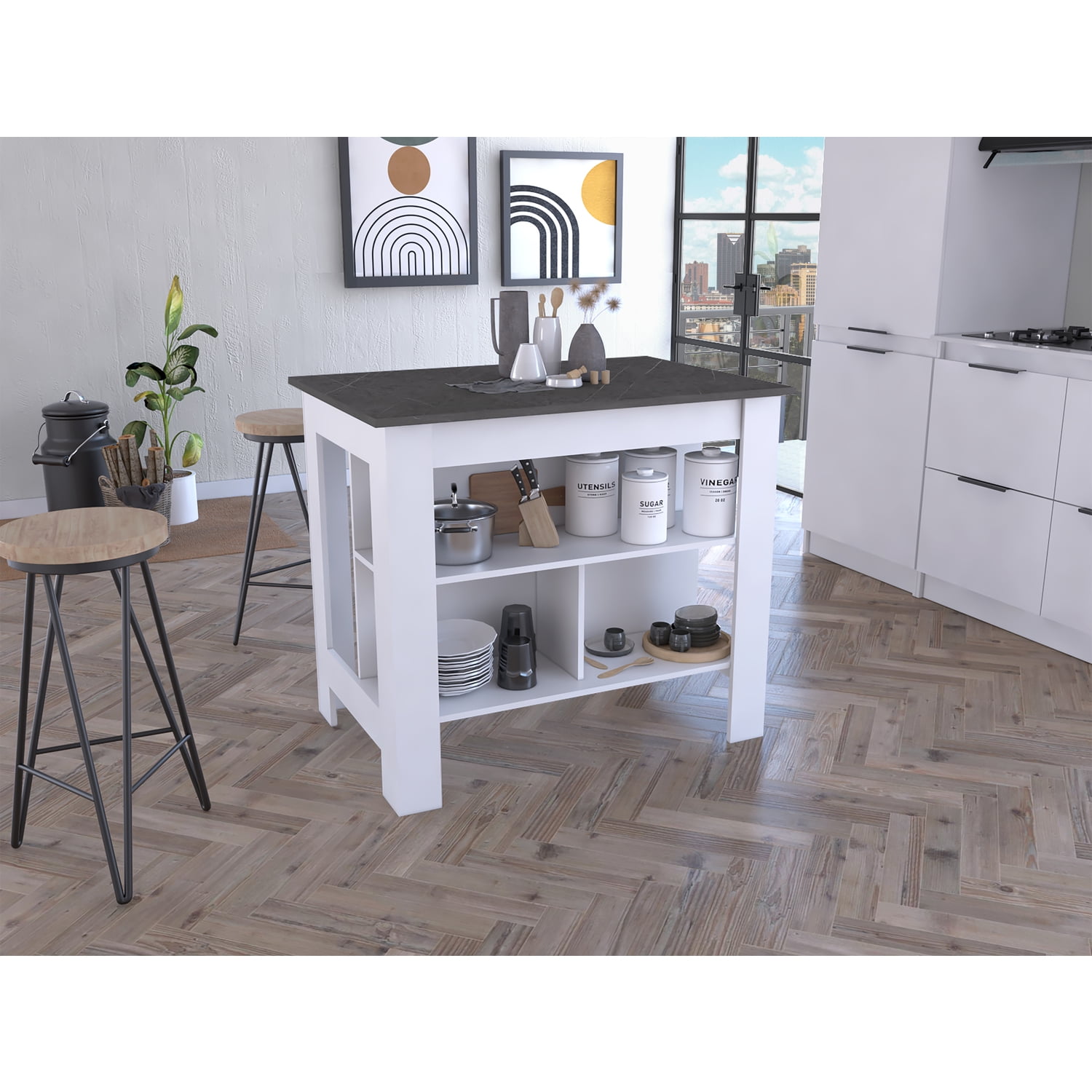Essential Elements to Take Into Consideration When Choosing Legs For Kitchen Area Island
Choosing the suitable legs for a kitchen island involves a careful analysis of several variables that can dramatically affect both performance and aesthetic appeal. Amongst these, the option of product plays a crucial function in guaranteeing resilience, while the design has to enhance the existing decor. Factors to consider such as height and weight support are vital for stability and convenience. As we check out these elements, it ends up being clear that each decision can have far-ranging ramifications for the overall kitchen area experience. What nuances should be taken into consideration in each of these classifications to achieve the ideal equilibrium?
Product Options
When picking legs for a kitchen area island, understanding the different product alternatives is vital for attaining both aesthetic appeal and architectural stability (Legs For Kitchen Island). The option of product significantly influences not only the longevity of the island however additionally its total design and performance
Metal legs, often made from stainless steel or wrought iron, add a modern and industrial feeling while making sure sturdiness and stability. These materials are resistant to wear and can sustain significant weight, making them suitable for bigger islands.
Another option is crafted products, like MDF or plywood, which can be more affordable while still providing a variety of coatings. Nonetheless, they may not give the exact same level of security as strong wood or metal. Materials such as acrylic or glass can develop a contemporary appearance, though they may require added support to make certain stability.
Inevitably, the choice of product for cooking area island legs must align with the preferred functionality and the general theme of the kitchen area.
Design And Style

When thinking about style, the shape and coating of the legs are important. Tapered legs can give a sense of agility and beauty, while thicker, extra robust legs can communicate strength and security. Additionally, the surface-- be it painted, tarnished, or all-natural-- ought to enhance the cabinets and countertop materials to produce a unified appearance.
Furthermore, the style of the legs can additionally reflect personal taste. Personalized or decorative legs, such as those featuring detailed makings or distinct geometric forms, can function as focal factors, including character and character to the kitchen area. Inevitably, the right choice will not just enhance performance however additionally boost the aesthetic allure, making the cooking area island a standout feature of the home.
Height Considerations
Choosing the appropriate height for cooking area island legs is critical, as it directly influences both capability and comfort. The basic height for a cooking area island commonly varies from 36 to 42 inches, lining up with common kitchen counter heights.

It is likewise necessary to represent individuals' choices and heights. Customizing the elevation can guarantee a comfy experience for all member of the family, making the cooking area island a more delightful and practical space.
Weight Assistance
Making sure adequate weight assistance for kitchen island legs is crucial for both safety and performance. The cooking area island typically offers numerous functions, consisting of cooking, dining, and added storage, requiring a durable assistance structure. When picking legs, it is important to take into consideration the overall weight capability called for based on the island's intended use and the products that will certainly be positioned on it.
The selection of material for the legs plays a considerable function in their weight-bearing capacities. Strong wood, metal, and durable composites typically supply informative post superior strength contrasted to lighter products. Additionally, the style of the legs-- whether they are directly, tapered, or have a pedestal kind-- can affect their capacity to disperse weight effectively throughout the structure.
Furthermore, the leg positioning must be strategically intended to boost security. Legs positioned at the edges or with a larger base can much better support heavier loads. Constantly consult the supplier's specs pertaining to load limitations to ensure that the legs can maintain the designated weight without compromising safety and security. In recap, picking kitchen area island legs with appropriate weight support is vital for producing a risk-free and functional cooking area.
Installment and Maintenance
Proper setup and upkeep of kitchen island legs are crucial for making certain durability and security. This often involves protecting the legs to the island base making use of appropriate fasteners, making sure that the legs are degree and aligned.
Once set up, routine maintenance is needed to maintain the integrity and appearance of the legs - Legs For Kitchen Island. For wooden legs, regular cleaning with a moist fabric and application of ideal wood polish can stop dampness damages and keep their coating. Steel legs might call for a mild cleansing service to eliminate grease and gunk, complied with by a view it dry cloth to stop rust formation
Additionally, inspect the legs routinely for indicators of wear or damages, such as cracks or loosened joints. Tightening screws or screws as needed can additionally lengthen the life expectancy of the legs. By adhering to these installment and maintenance techniques, property owners can ensure that their kitchen area island remains strong and visually appealing see it here for several years to find.
Conclusion

Aesthetic coherence is critical in selecting the design and design of legs for a kitchen area island, as these components significantly influence the total setting of the room. Tapered legs can offer a feeling of agility and elegance, while thicker, a lot more robust legs can convey stamina and security.Selecting the ideal elevation for kitchen island legs is essential, as it directly affects both performance and convenience. In summary, selecting kitchen area island legs with appropriate weight assistance is crucial for developing a functional and safe cooking room.
In verdict, choosing legs for a kitchen area island requires cautious consideration of various elements, including product alternatives, design, elevation, weight support, and installation.